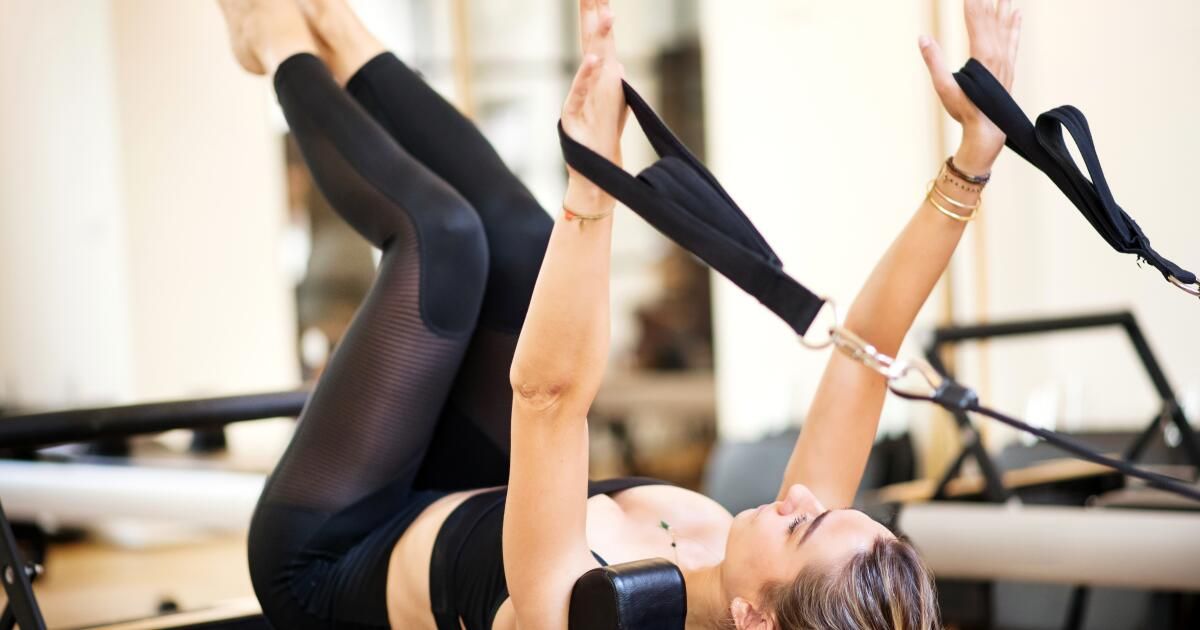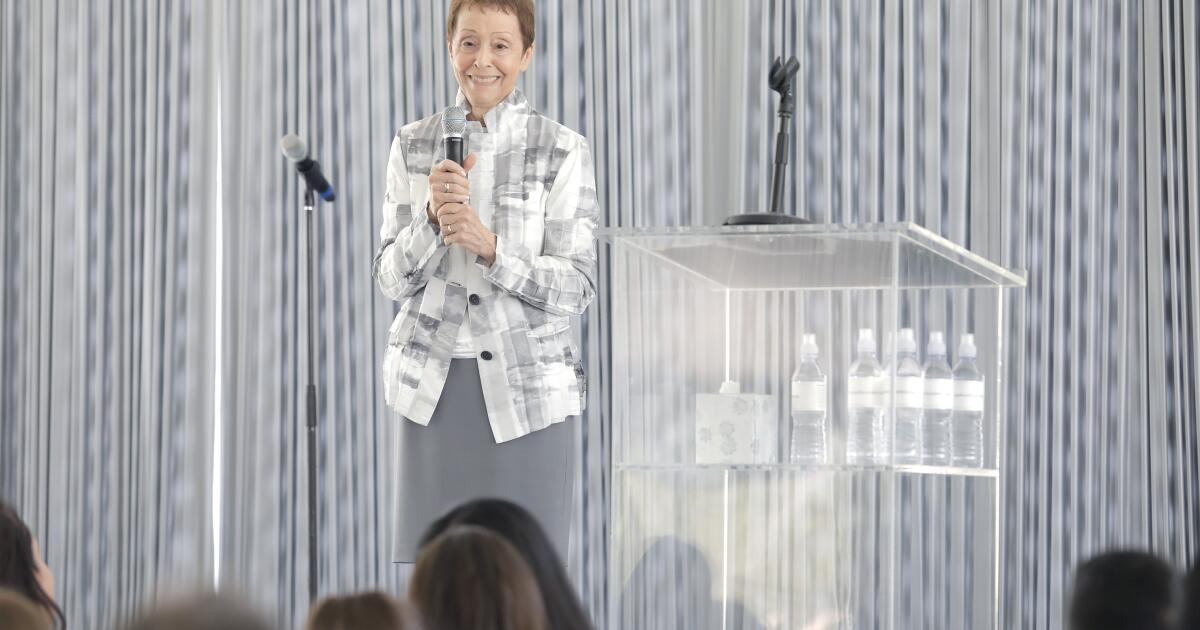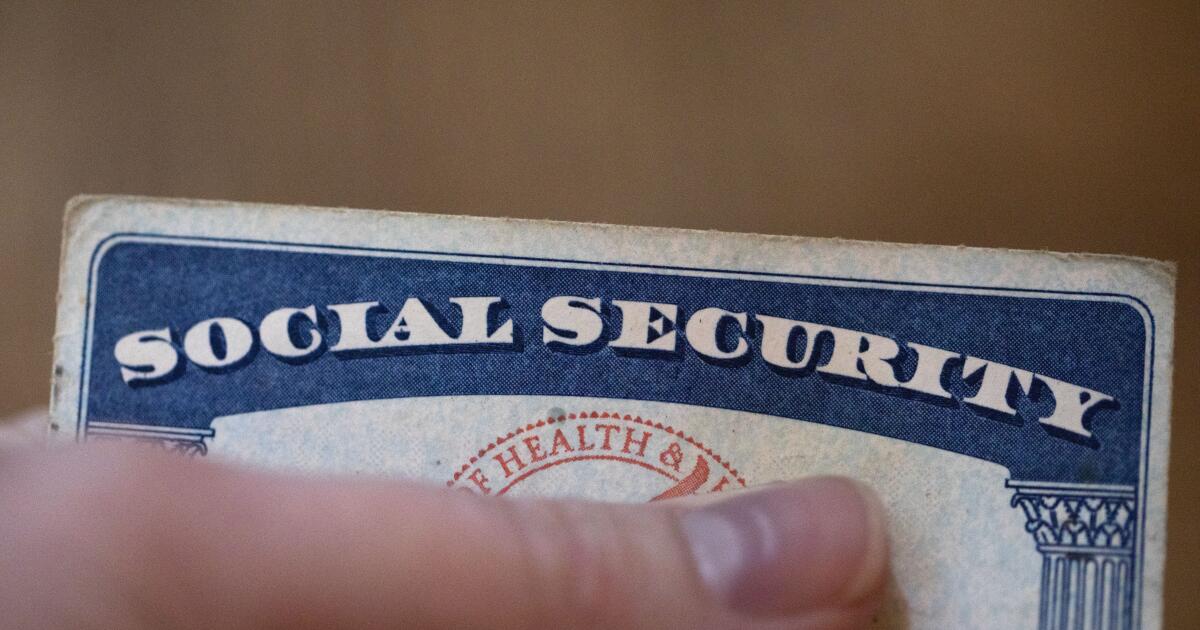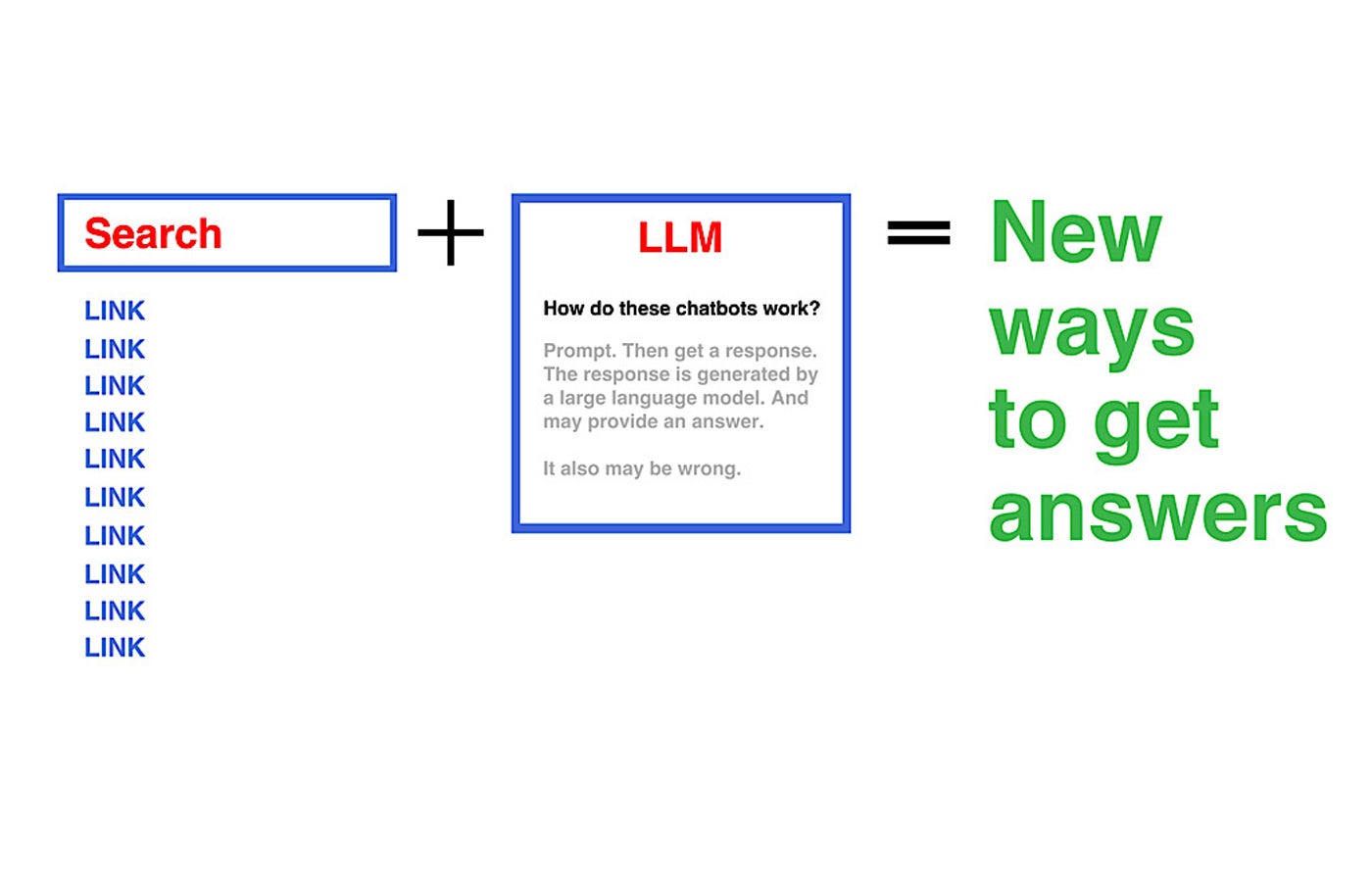About a year and a half ago, it occurred to me that if I didn't start exercising again, I would be slipping into a sloppy, flabby middle age.
He had always been a runner. For more than 30 years, my training partner and I ran regularly along the coast, from Venice to Santa Monica. Rain or shine, through pregnancies, parenting, PTA, marital strife, and all the things Zorba the Greek once described as “the total catastrophe,” we talked as we ran, becoming each other's best therapist.
And then, sometime before the COVID-19 pandemic, my partner discovered a new form of exercise. Our running life, as we knew it, basically ended when I effectively became a pickleball widow.
In 2020, when the pandemic forced us to stay indoors, I practically stopped running.
Around the same time, my left knee began to hurt and swell. I was sure it was the result of my rambunctious golden retriever crashing into my legs. But no, the doctor said, it was arthritis. (Me? So young?)
She referred me to physical therapy, but the physical therapy office never returned my calls.
Desperate (and chubby), I decided to try Pilates. Because? Because all the women who came in and out of the nearby Pilates studio had the type of bodies I dreamed of having. And my knee was killing me.
My first 45-minute Pilates class was a disaster. I felt lost when the instructor told me the different positions: dancing bear, French twist, inverted sit-ups with knees on the floor. I sat on the Megaformer machine, panting and feeling defeated.
“Why don't you try some private lessons until you get the hang of it?” the studio owner suggested after I complained that he didn't offer classes for beginners like me.
Over the next year I spent enough money on private lessons to buy a used car. In fact, I was spending so much that I was relieved when my dear instructor told me she was moving to Amsterdam.
With trepidation, I started taking group classes again. This time was different. I knew what to do (mostly) and could keep up (for the most part).
“Boot, booty, booty,” shouts my class instructor, DeNae D'Auria, as we, on all fours, do donkey kicks with a bungee cord over one foot to increase resistance.
“We don't talk enough about pelvic floor stability,” says D'Auria, who is trained in Lagree, which expands on the basics of Pilates but is more intense.
“I love watching those shakes,” he says, as our muscles shake as we do enough squats, lunges and planks to fill a lumber yard. “Remember to slow down and breathe. The secret is time under tension.”
The first time I encountered a Pilates machine was almost 25 years ago at the home of iconic hairdresser Vidal Sassoon, who I was profiling for The Times. He seemed eccentric, but he looked fantastic for a 71-year-old man.
Pilates classes are dominated by women, but the exercise was used to treat wounded and disabled soldiers shortly after it was developed by Joseph Pilates, a German bodybuilder and gymnast who was interned by the British on the Isle of Man during the First World War. World War. The first versions of the famous machines of him attaching springs to the headboards and footboards of beds to create resistance.
He called his exercise system “Contrology,” focusing on breathing, the postural muscles of the back, and the abdominal muscles we consider the “core.”
After decades as a “little-known form of exercise with a devoted but small following that included dancers, singers, circus performers and actors,” Pilates exploded in the mid- to late 1990s, according to the authors of the 2011 book “ “Pilates Anatomy.” Celebrities like Madonna and Uma Thurman touted its benefits.
“Suddenly he began appearing in Hollywood movies and television commercials, in cartoons and comedy shows, and on late-night television,” wrote Rael Isacowitz and Karen Clippinger. “It became synonymous with going to Starbucks and enjoying a low-fat triple soy latte (no whipped cream, please!).”
The Pilates Foundation estimates that about 12 million people worldwide practice this exercise regimen. That's a small fraction of the approximately 300 million who practice yoga.
“Scientific research supports a number of impressive health benefits of Pilates,” the New York Times reported in 2022. “Studies suggest it can help improve muscular endurance and flexibilityreduce chronic pain and decrease anxiety and depression.”
Pilates' place in popular culture was solidified in April, when “Saturday Night Live” took on it in a sketch that poked fun at the love-hate relationship it inspires in practitioners.
“Pilates,” says a deep-voiced narrator. “From the creator of 'Saw X' and CMO of Alo comes a chilling new look at female horror.”
For people like me, who came of age during the crazy era of high-impact aerobics: Thanks for sciatica, Jane Fonda! —The low-impact nature of Pilates is appealing.
I usually do four 45-minute classes a week. I wouldn't say I look like those lithe young women around me there (most are so young I could be their mother), but a tight core has developed beneath the bulge of my abdomen.
Oh, and that terrible knee pain? She disappeared months ago.












